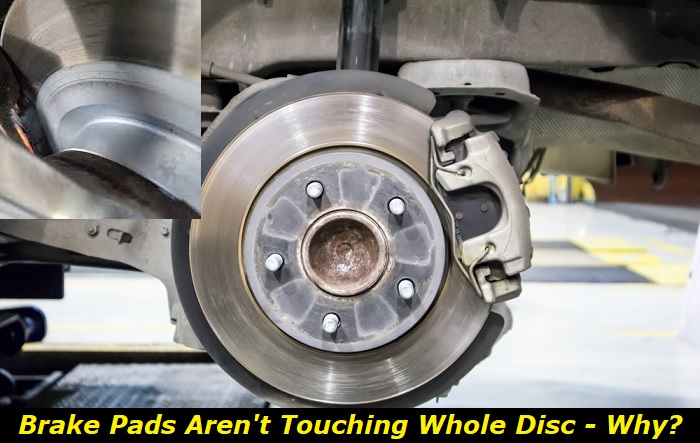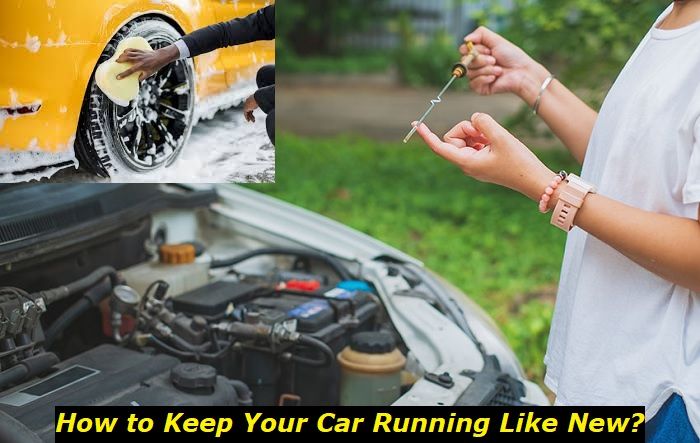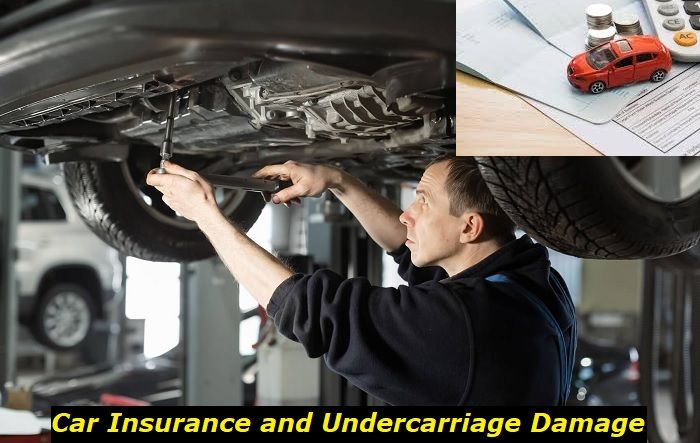The braking system of a bike or vehicle is one of its most critical components, responsible for ensuring the safety of the rider and passengers. The brake pads are an essential part of the braking system, as they are the component that touches the brake disc or rotor, creating friction, which brings the vehicle to a halt.
Brake pads problems highlights
- Level of urgency:super-urgent
- DIY diagnostics:possible but complicated
- DIY repairs:impossible
- Price for repair:$250 - $450
- Common symptoms:sounds when braking, unintentional braking, warped rotor
- Commonreasons:bad pads, improper installation, old pads
- If ignored:rotor wear, bad brakes, damage to the system

Brake Pads Not Touching While Disc
Brake pads not touching the disc means that the brake pads of your bike or vehicle are not making contact with the brake disc when you apply the brake lever or pedal. Worn brake pads, uneven brake pad wear, a stuck brake caliper, or a warped brake rotor can make your brake pads fail to touch the brake disc when you apply your brakes.
Causes of Brake Pads Not Touching While Disc
1) Worn Brake Pads
Worn brake pads are the most common reason your brake pads may fail to touch the disc when you apply your brakes. Automotive manufacturers design brake pads to endure the braking force and process. However, your brake pads will wear over time as you press them against the disc. Therefore, your brake pads will wear down. The wear and tear will cause them to become too thin to the point where it no longer touches the brake disc. You will notice that your braking efficiency diminishes with time.
You will have to replace your brake pads in case they are worn out. The replacement will fix the brake pad not touching the disc problem.
2) Uneven Brake Pad Wear
Uneven wear on your brake pads may cause one of the brake pads to become thinner than the other pad. The uneven wear may lead to one of the brake pads not touching the brake disc when you apply the brakes. Uneven wear can occur because of uneven brake caliper pressure, misalignment of the brake rotor, or a warped brake rotor.
Therefore, you may have to replace all or the most worn-out brake pads for efficient braking.
3) Stuck Brake Caliper
A stuck brake caliper can prevent one or both brake pads from touching the brake disc. If the caliper piston is stuck or there is an obstruction in the brake fluid passage can cause your brake caliper to get stuck. It can lead to problems like reduced braking performance, uneven brake pad wear, or overheated brakes.
Consider lubricating the brake caliper to release the stuck brake caliper. You'll also have to resurface or replace the caliper to prevent it from getting stuck again.
4) Warped Brake Rotor
A warped brake rotor often leads to a gap between the brake pad and the brake disc. Warping occurs when the brake rotor bends out because of heat, overuse, or other reasons. A warped rotor can also cause the bike to vibrate or shudder when braking.
You may have to machine them if excessive heat or corrosion causes a warped brake rotor. You can do this by resurfacing your brake rotors. However, you may have to replace them if you can't resurface them.
5) Loose Brake Caliper
The brake caliper secures the brake pads. Therefore, your brake pad may fail to touch the brake disc if the caliper is not secure. You may need to replace or retighten the caliper to solve the issue.
6) Faulty Brake Lines
The brake lines carry brake fluid from the master cylinder to the brake calipers. If the brake lines are ruptured or leaking, it can prevent the brake pads from making proper contact with the disc. In this case, you may have to replace the brake line.
7) Faulty brake booster
The brake booster increases the strength you apply when pushing the brake pedal. Therefore, a faulty brake booster may cause your brakes not to function optimally.
How to Fix Brake Pads Not Touching While Disc
1) Inspect Brake Pads
The first step to fix the brake pads issue is to inspect the brake pads. You'll need to check if you have worn-out brake pads. Do it visually. You can also check for uneven wear. Don't forget to inspect the brake caliper and rotor for misalignment or warping.
2) Replace Brake Pads
You may have to replace the brake pads if they appear thin or worn down. Also, listen for any squeaking or grinding sounds when applying the brakes. The sounds may indicate worn pads.
It's crucial to replace both sets of pads because uneven wear can bring up other brake problems. You can always let a mechanic do it for you if you can't do it yourself.
3) Clean Stuck Brake Caliper
You may have to clean your brake caliper in case of a jammed caliper. Detach the brake caliper from the vehicle and scrub it with brake cleaner. Inspect the caliper piston for any damage or corrosion signs. If the piston is damaged, you may have to replace it.
Follow these steps to release a stuck brake caliper:
- Step 1: Check the Caliper
Inspect the caliper for any signs of damage or corrosion. Look for leaks in the brake fluid lines.
- Step 2: Test the Brakes
Apply the brakes and check for any unusual noises or vibrations. If the brakes feel spongy or don't respond as they should, this could also be a sign of a stuck caliper.
- Step 3: Replace the Caliper
Let a professional mechanic replace the caliper. The job may require specialized tools and expertise.
- Step 4: Bleed the Brakes
You may have to purge the brakes to remove air from the mechanism. The bleeding ensures the brakes function as expected and provides the necessary braking power.
4) Adjust Brake Caliper
It is a straightforward process. Do it as follows.
- Locate the brake caliper - Locate the brake caliper on your bicycle or vehicle. You will find it above the brake rotor. Two bolts hold the caliper in place.
- Loosen the bolts - You can use a wrench or socket to loosen the bolts that secure the brake caliper to the bike or vehicle. But don't remove them.
- Center the caliper - You can center the brake caliper by gently pulling it towards the wheel and then releasing it. It will allow the caliper to center itself over the rotor.
- Tighten the bolts - Tighten the bolts to the manufacturer's recommended torque specifications. Apply pressure to the brake lever to check if the brake functions as expected.
- Adjust the brake cable tension - You may also need to adjust the brake cable tension. Start by locating the brake cable adjustment barrel near the brake lever. Loosen the locking nut and turn the barrel clockwise or counterclockwise to adjust it. Tighten the locking nut once you achieve the desired setting and test the brakes.
5) Check Brake Fluid
You also have to check the brake fluid level. Start by locating the brake fluid reservoir. Check if the fluid level is between the minimum and maximum marks. Add the recommended type of brake fluid until it reaches the appropriate level if it is low. You may also need to flush and replace the brake fluid if the brake fluid is dirty or contaminated.
6) Check Brake Rotor
You may have to change the brake rotor if it is warped. Start by inspecting the disc for any harm or distortion. Replace it with a new rotor if the rotor is warped. Follow the manufacturer's instructions when installing the new brake rotor.
7) Replace Faulty Brake Lines
You may need to replace the brake line if you have malfunctioning brake hoses. It will help you fix the issue with your brake pads. The process involves identifying the damaged brake line, removing the old line, and installing the new one. It is advisable to enlist the services of an experienced technician to carry out this job. They will help you install the brake system correctly. Do not attempt to drive your vehicle if you suspect the brake lines are faulty.
Wrapping Up
Your brake pads may fail to touch the disc because of worn-out brake pads, stuck calipers, or damaged brake rotors. You need the brake pads to touch the disc for efficient braking. Therefore, such a problem is dangerous. You will need to fix it immediately to ensure safe driving.
Also, consider regular inspections and maintenance of the braking system to help prevent issues like brake pads not touching the disc. Don't hesitate to contact your mechanic if you can't inspect or replace the brake parts at home. A professional mechanic will help you fix all the brake issues.
About the authors
The CarAraC research team is composed of seasoned auto mechanics and automotive industry professionals, including individuals with advanced degrees and certifications in their field. Our team members boast prestigious credentials, reflecting their extensive knowledge and skills. These qualifications include: IMI: Institute of the Motor Industry, ASE-Certified Master Automobile Technicians; Coventry University, Graduate of MA in Automotive Journalism; Politecnico di Torino, Italy, MS Automotive Engineering; Ss. Cyril and Methodius University in Skopje, Mechanical University in Skopje; TOC Automotive College; DHA Suffa University, Department of Mechanical Engineering






Add comment